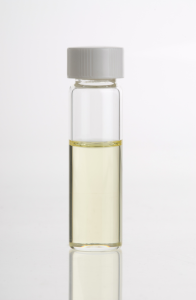Are you feeling stressed? Consider trying lavender essential oil, the oil extracted from lavender which contains compounds that reduce stress!
Images from Wikipedia Commons
Researchers from the Department of Health Science at Osaka Kyoiku University put subjects in a stressful condition by making them wait 20 minutes in an isolated soundproof room, a room where no sound can escape. Subjects introduced to the stressful condition with lavender essential oil diffused felt less stress compared to subjects introduced to the stressful condition alone!
The subjects were randomly assigned to either a stressful condition (waiting in a small soundproof room for 20 minutes), the same stressful condition but with lavender oil diffused into the room, or a non-stressful condition where subjects waited in non-soundproof rooms.
Before the 20 minutes of isolation, researchers measured the group in the stressful condition and found higher blood pressure, higher heart rate and a higher mean score on a checklist of stress symptoms than the group in the non-stressful condition, meaning staying in a small soundproof room alone was sufficiently stressful for the subjects.
The subjects were left isolated for 20 minutes, then researchers measured blood pressure, heart rate and scores for the checklist of stress symptoms again. The levels of stress between the group in the stressful condition with lavender oil diffused into the room and the group in the non-stressful condition were similar. Both were significantly lower than the group in the stressful condition alone where lavender oil was not diffused.
These results suggest lavender essential oil is able to reduce stress. The compounds in lavender oil go through your nose and enter your bloodstream to reduce stress! Next time you feel stressed, try diffusing a few drops of lavender oil using a diffuser or by dripping a few drops onto a piece of tissue or cottonball. You will definitely feel a lot calmer!
-Gareth Lee







